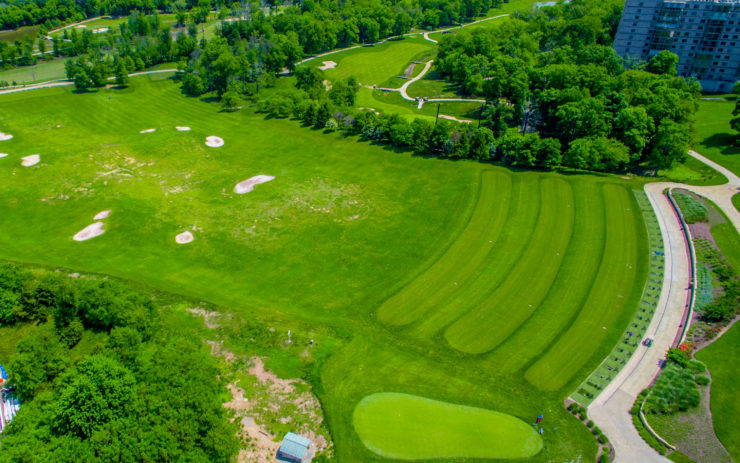Drones have become a hot commodity for consumers, but many people overlook the tremendous impact the use of unmanned aircraft is having in the commercial sector. Here are some industries that are benefiting from the use of drones commercially.
Construction
The construction industry is not widely known for efficiency and green environmental conservatism. It is estimated that a minimum of 10 to 40 percent of construction related waste ends up in landfills around the world, with the highest percentage falling into U.S. landfills.
This waste translates into a lack of efficiency. What unmanned aircraft can do for the construction industry is provide a little more efficiency. Drones are easy to fly, and faster than human surveyors. They can give a precise accurate data feed that will help construction workers to track progress at job sites with a higher level of accuracy than before. From here, drones can assist in making 3-D models of construction sites. These 3-D models will help architects and construction workers to more accurately estimate the resources needed for a job. This can help eliminate waste. In the long run the migration of waste can lead to a potential for serious profit gains.
Roofing Inspections
Along the lines of construction, the roofing industry is a category in itself. The largest challenge a roofer can face is providing a fair and accurate estimate to a client of what a roof repair or replacement will actually cost. Often, certain areas of a roof are inaccessible, or might be too dangerous to trek onto based on the damage being assessed. A drone will be able to provide an accurate HD image that a roofer can use to provide the best estimation of scope of work needed.
Drones will also provide a view from above that can give a clearer picture of the entire roof rather than what a roofer would see if they were to climb up and assess the roof one area at a time.
The safety factor is worth mentioning as well, a drone eliminates the need to climb onto a roof that is unsafe for a human to be on, be it height, wetness, wind, or any other hazard that comes with taking your feet off the ground.
Farming and Agriculture
With a world hunger epidemic to solve, the farming and agriculture industry is using drones to improve efficiency and monitor crops while conserving human resources. Drones with high definition cameras are used to monitor crops and identify problem areas. They can detect discolorations in crops from an aerial view. This could be a time consuming and cumbersome task for humans to do from the ground when surveying a large amount of land.
Farmers are also able to use drones for crop dusting, pesticide management, and irrigation in some cases. An unmanned aircraft is a much more cost efficient option and the technology onboard will help farmers to collect data that can help them to optimize crop production.
Racing Drones
With massive advancement in drone technology, a cult following of hobbyists has emerged, creating an industry of drone racing. Not quite recreational, and not quite commercial, this use falls somewhere in between. There is now a global drone racing league, creating a million-dollar industry where avid fans and operators can test the limits of their very expensive toys (though drones are not toys), creating a sport that feels like a real-life video game.
Golf Courses

Drones provide phenomenal aerial views of golf, both as a sport, and as a marketing tool for some of the most expensive real estate and resorts in the world. The production of a drone marketing video can be an excellent tool for increasing memberships, but can also be used to monitor the course so that it’s integrity and maintenance can be upheld.
More than just marketing and promoting remote control aircraft, drones can be used to survey the land of a golf course. The analytics and data that a drone can provide through video surveying is a useful tool for the pro golf industry in the actual playing of the game.
Don’t forget the sports viewing aspect of drone use in golf either. Aerial coverage of golf tournaments is a hot commodity for those that enjoy watching golf from the comfort of their living room couch. A drone can follow a ball in flight, and it can also navigate unusual spaces inconspicuously. In a game where quiet observance is key, drones are just the ticket.
Final thoughts
While commercial drone use is quickly infiltrating just about every imaginable industry, there are still many uncharted skies when it comes to the use of drones in mainstream industry. It will be exciting to see what industry drones fly into next!
|